When was the last time you chose a restaurant without checking customer reviews? Likely never. The same principle applies to B2B buyers – they’re also looking for authentic testimonials from peers experiencing similar challenges.
For B2B products, case studies go beyond highlighting the benefits customers get from the product. Case studies can be good avenues to show the value your product brings to multiple stakeholders in the organization.
For instance, online scheduling software brings value not only to the front desk staff of a hospital by automating their workflow, but also increases patient satisfaction and reduces costs for the healthcare organization.
Nevertheless, sometimes, we as product marketers may fall into the trap of thinking only about our products’ features and benefits, neglecting the importance of the client’s success.
So, let’s dive into a few practical tips to help you create engaging case studies that truly resonate with your audience.
1. Recruit the ideal case study candidate
To create powerful stories, you need powerful advocates of your products. These can be customers who have seen immediate gains in their business within a short time with the help of your product, or they can be loyal customers who have seen incremental gains over the years.
If you have a highly technical product, it’s a good idea to get input from both buyers and users to show both business value and efficiency gains.
This Atlassian case study on Reddit's success with its technology effectively captures the perspectives of both the buyers and the users.
Don't forget to check in with your sales team regularly! Ask them what case studies would help them close deals. Maybe they need stories targeting a specific industry, region, or type of decision-maker. Or, they might need stories for the same product but different use cases. Your sales team is on the front lines and knows exactly what will resonate with prospects.
2. Ask questions with the intention to listen
Sometimes we get lost in our checklist of questions to ask customers and lose sight of the unique insights that the customer has to share.
Sure, have a question framework, but don't let it constrain you. Be curious. Ask follow-up questions. Let your customer share the deeper narrative: How did your product really impact their team? Did it help in reducing staff burnout? Help someone advance in their career? Did it help win any recognition for the team and boost morale?
This deep level of engagement not only uncovers often-overlooked nuances but also makes the entire narrative of the case study more relatable and authentic to your prospects.
3. Focus on the buyer's journey
When talking to your customers, don’t stop at asking about the problem they were trying to solve – dig deeper. What were they doing before they found your product? Were they stuck with manual processes? Using a competitor’s solution? Relying on an in-house workaround? These questions demonstrate the pain points of the customer more effectively and show what was at stake if they didn’t solve their problem.
Also, ask them why they chose your product over your competitors. Understanding their decision-making process helps you craft a compelling narrative that highlights what makes your offering stand out.
These insights do more than just enrich your case study – they become powerful tools for your sales team, helping them navigate conversations at every stage of the sales funnel.
4. Highlight ROI
When it comes to winning over prospects, ROI is the star of the show. Why? Because every organization operates within a budget, and decision-makers want to see the tangible value your product delivers.
You may have to work with the numbers provided by your customer to provide an ROI to show a powerful impact achieved by your product.
A strong ROI not only highlights the impact of your product but can also offset objections about pricing.
AWS does a good job capturing and demonstrating the ROI it delivers to its customers in this case study.
Here are some other success metrics to think about while crafting your case study:
- Cost savings
- Increase in productivity
- Time savings
- Year-on-year revenue growth
- Increase in customer satisfaction
Ask what happens when your customer achieves their goals with your product. Explore how they’ve used the increased revenue or cost savings. Have they invested in growth, new opportunities, or other areas? You should consider how their team has responded to improved productivity. Has it boosted morale, collaboration, or efficiency?
Understanding these outcomes provides valuable insights into the broader impact of your product.
5. Lean on storytelling
Now that you’ve gathered the necessary information, you need to present it in an engaging manner to your prospects without creating content fatigue.
Nobody wants to read a boring, data-heavy document. Treat your case study like a story, where your customer is the hero and your product is the secret weapon that empowers them to overcome their challenges.
The following are a few ways you can design an engaging case study:
- Use customer quotes to weave in emotion
- Use data visualization to bring your success metrics to life
- Use strong data points in your headlines to pull in the reader's attention
- Show screenshots of your product’s interface and how it integrates with your customer’s workflow
- Use creative CTAs to encourage your prospect to move on to the next sales stage
I love Notion’s creativity when it comes to their case studies. They highlight quotes from the interviewees in their signature design aesthetic which not only breaks up the text for readability but also adds a unique visual element to the stories.
You can also repurpose longer case studies into bite-size formats like short videos, blog posts, or email nurtures. At Experian, we distribute our case studies in diverse storytelling formats, including blog posts, video testimonials, webinars, and social posts.
Do you have clients who love public speaking? Harness their enthusiasm by inviting them to industry conferences and events where they can share their experiences with your product. This offers your prospects valuable insights through authentic, firsthand accounts, creating a genuine connection and showcasing how your product can drive real success for them too.
6. Talk about the future
One way to conclude a case study is by discussing what the future holds for your customer. This could involve highlighting any plans they have to incorporate additional products from your portfolio into their operations or services.
You might also consider addressing whether they’re looking to expand the use of an existing product to new markets or areas of their business. Doing so not only provides valuable insight into other offerings within your product lineup but also demonstrates the scalability of your products.
This, in turn, helps prospects understand how your products can evolve and be leveraged for even greater returns and success as their needs grow and develop over time. It’s a strategic way to open the door to further opportunities, showing the long-term value of partnering with your company.
Remember the case study shouldn’t just be about how awesome your product is but how it helped your customer overcome their challenges.
At the end of the day, case studies are opportunities to tell a genuine, compelling story that speaks directly to your audience. Sure, you might have a standard framework, but don't let that limit your creativity.


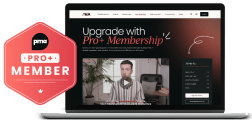


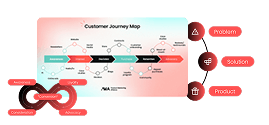
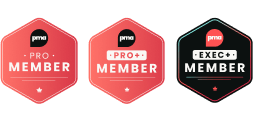


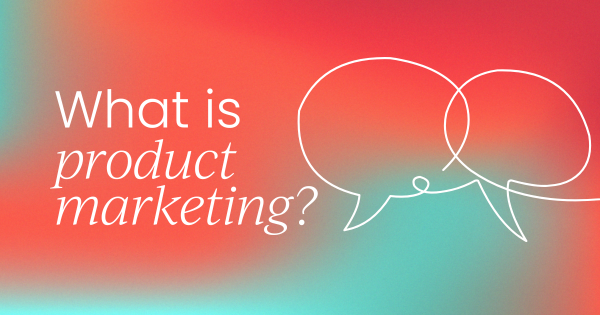


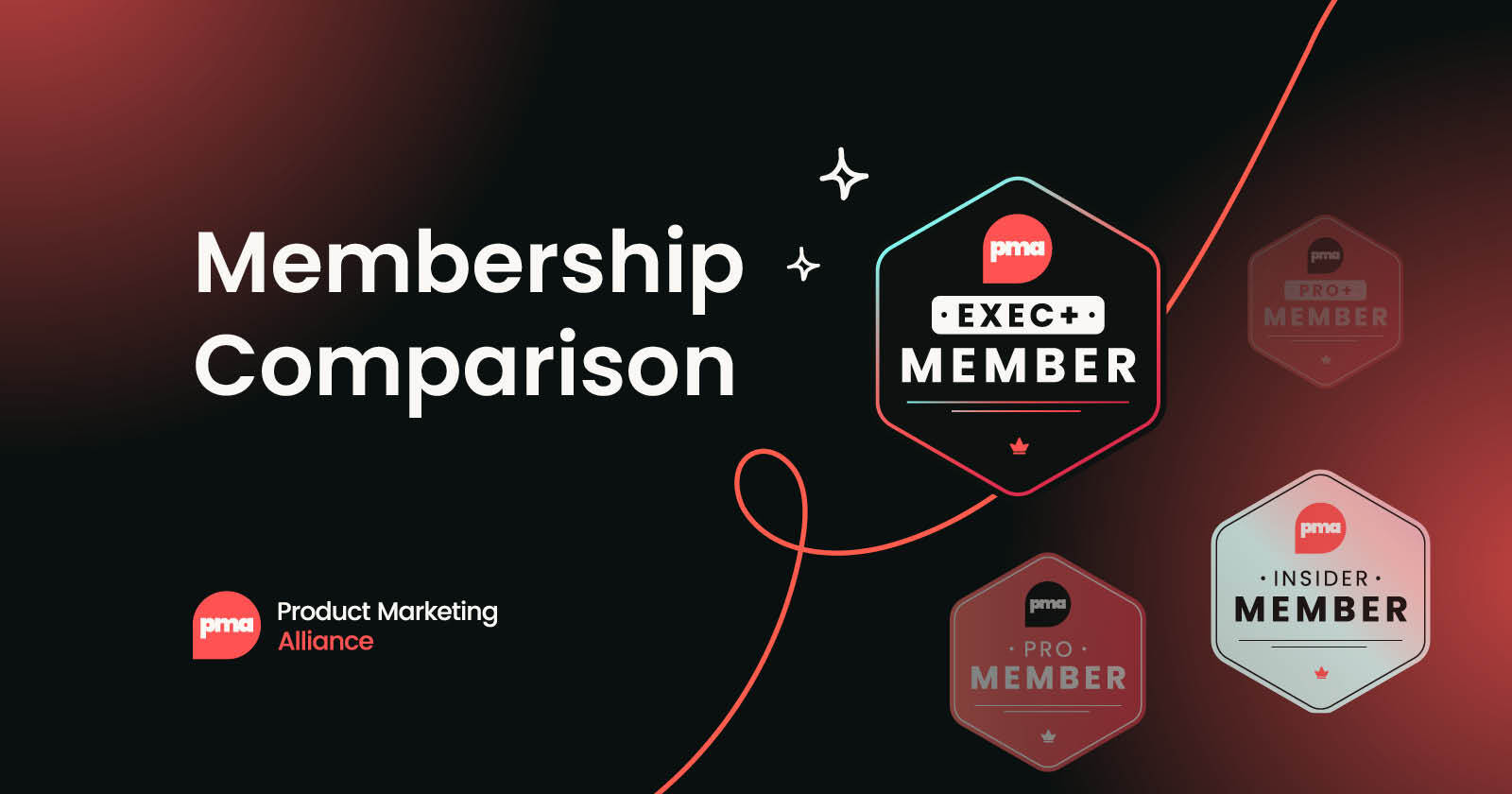
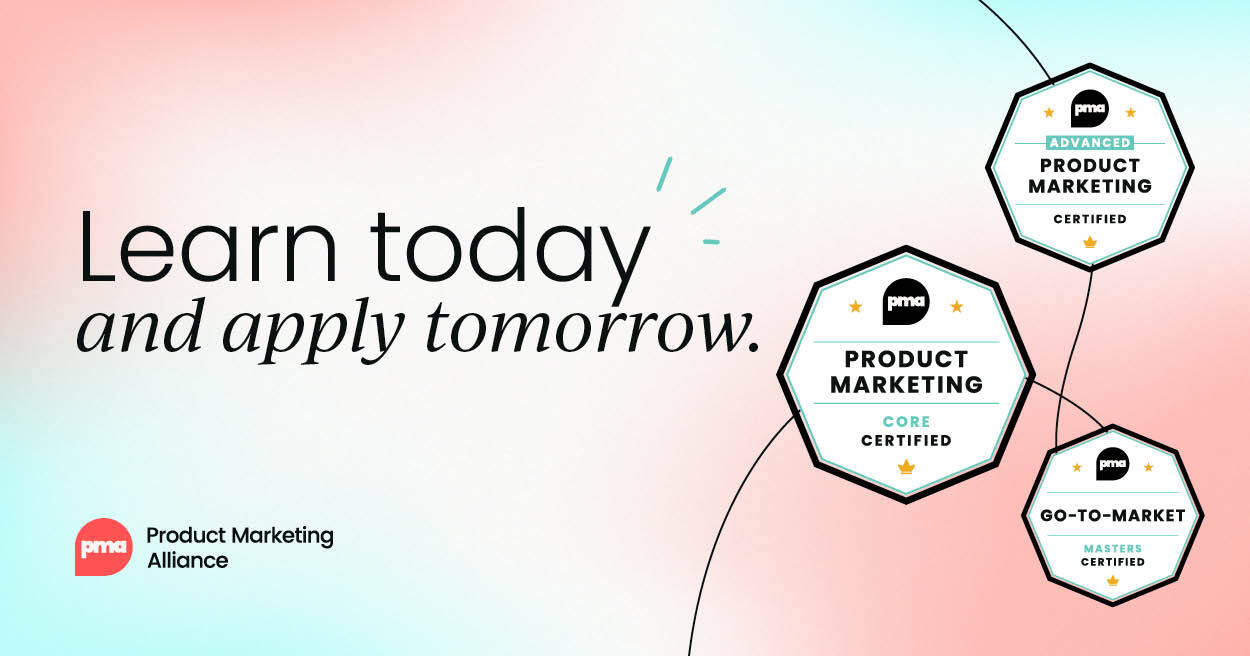
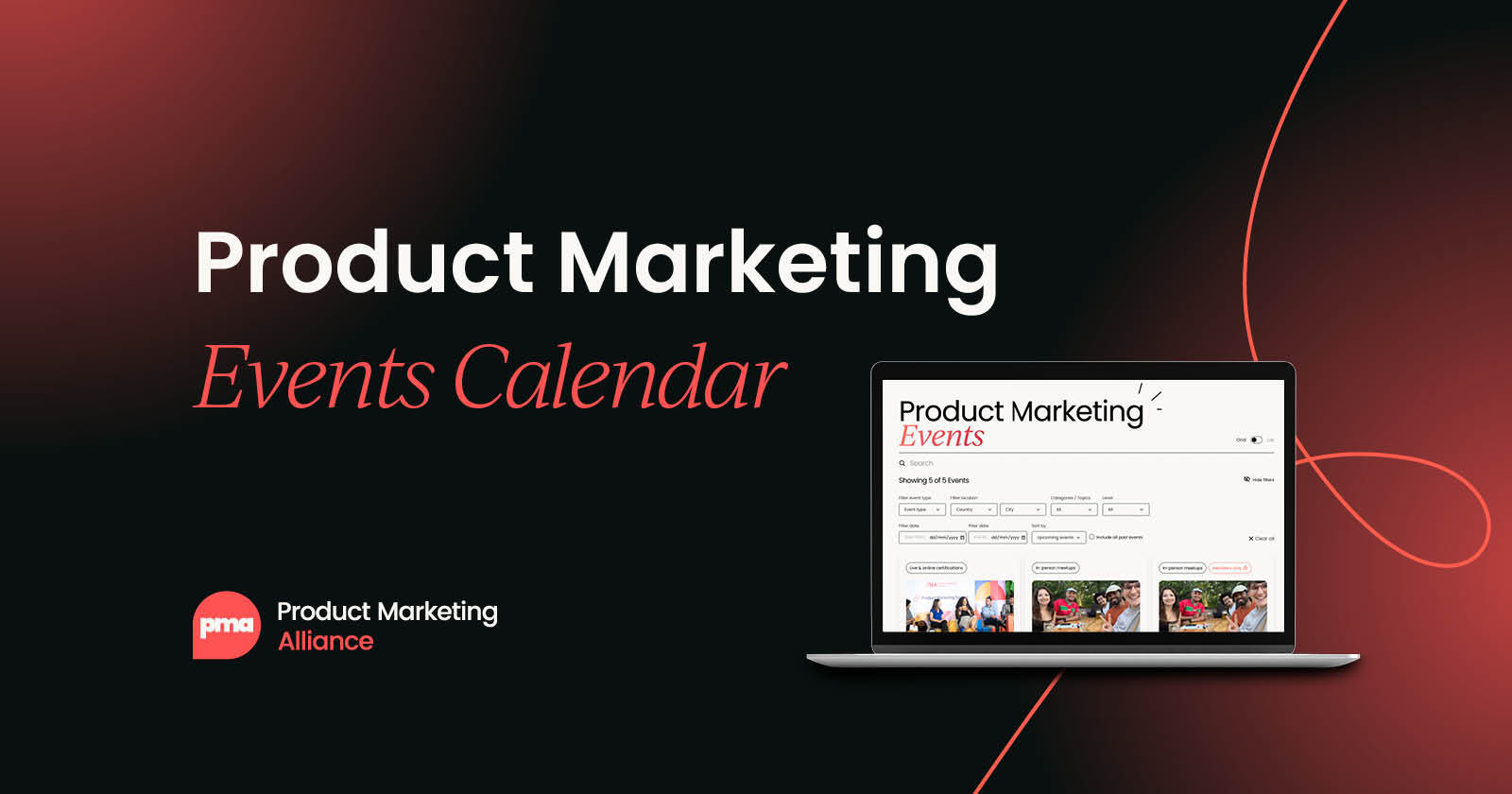


 Follow us on LinkedIn
Follow us on LinkedIn



.svg?v=aaaf5e025a)